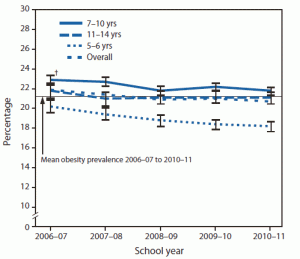Today’s oxymoron: a greener soda bottle
On the plastic bottle front, much is happening.
BPA plastics are banned from the European market, only to be replaced by other plastics that seem to have their own problems. These are detailed in three articles in Food Additives and Contaminants dealing with the migration of chemicals from baby bottles.
- Santillana et al., Migration of bisphenol A from polycarbonate baby bottles purchased in the Spanish market by liquid chromatography and fluorescence detection (2011); doi: 10.1080/19440049.2011.589036.
- Simoneau, et al., Comparison of migration from polyethersulphone and polycarbonate baby bottles (2011) doi:10.1080/19440049.2011.604644.
- Simoneau, et al., Identification and quantification of migration of chemicals from plastics baby bottles used as substitutes for polycarbonate, ( 2011); doi 10.1080/19440049.2011.644588.
In response to such concerns, soft drink companies are engaging in the latest form of “cola wars,” this time the race to greener bottles. As the New York Times puts it,
Over their decades of competition, the battle between Coca-Cola and PepsiCo has taken on many colors — brown (cola), orange (juice), blue (sport drinks) and clear (water).
Now, they are fighting over green: The beverage rivals are racing to become the first to produce a plastic soda bottle made entirely from plants.
Coca-Cola has signed up with three biotechnology companies to produce materials for 100% plant-based bottles. It already has some recyclable PlantBottles, but these are only 30% plant-based (mono-ethylene glycol, MEG). The other 70% is purified terephthalic acid, PTA. Coke says it will go to 100% plant-based by 2020.
PepsiCo says it is doing the same thing, only faster.
OK, plant-based. But from what?
Coke says it is experimenting with Brazilian sugarcane, molasses, and other plant residue materials but might also use crops grown specifically for plastic production. Pepsi says it will use agricultural waste products, such as corn husks, pine bark or orange peels.
What about corn? Corn has already been used to produce plastics, but doing this is just like growing food crops for biofuels, causing land conversion, higher food prices, and heavy fertilizer use.
It will be good to get the harmful chemicals out of drink bottles.
But soft drinks are inherently wasteful of natural resources. All the greenwashing in the world can’t hide that.


